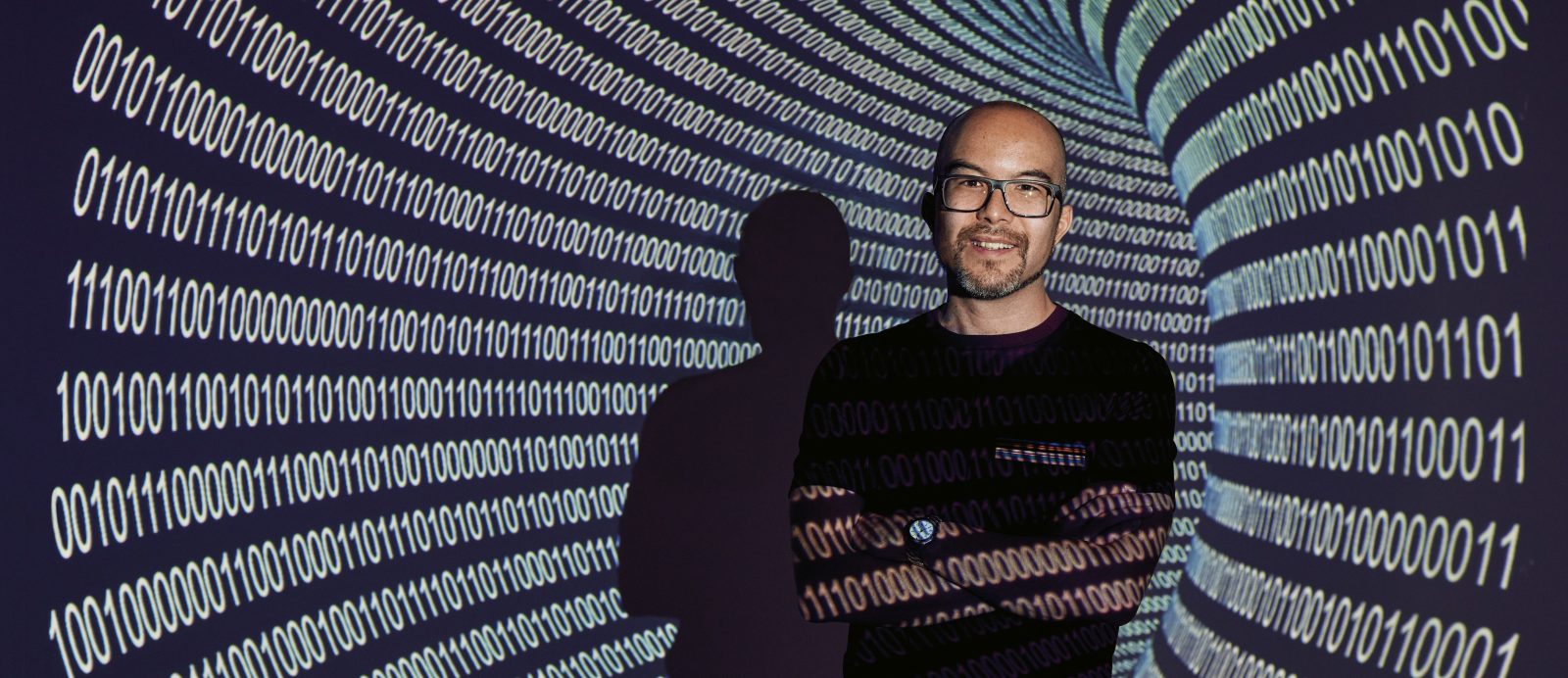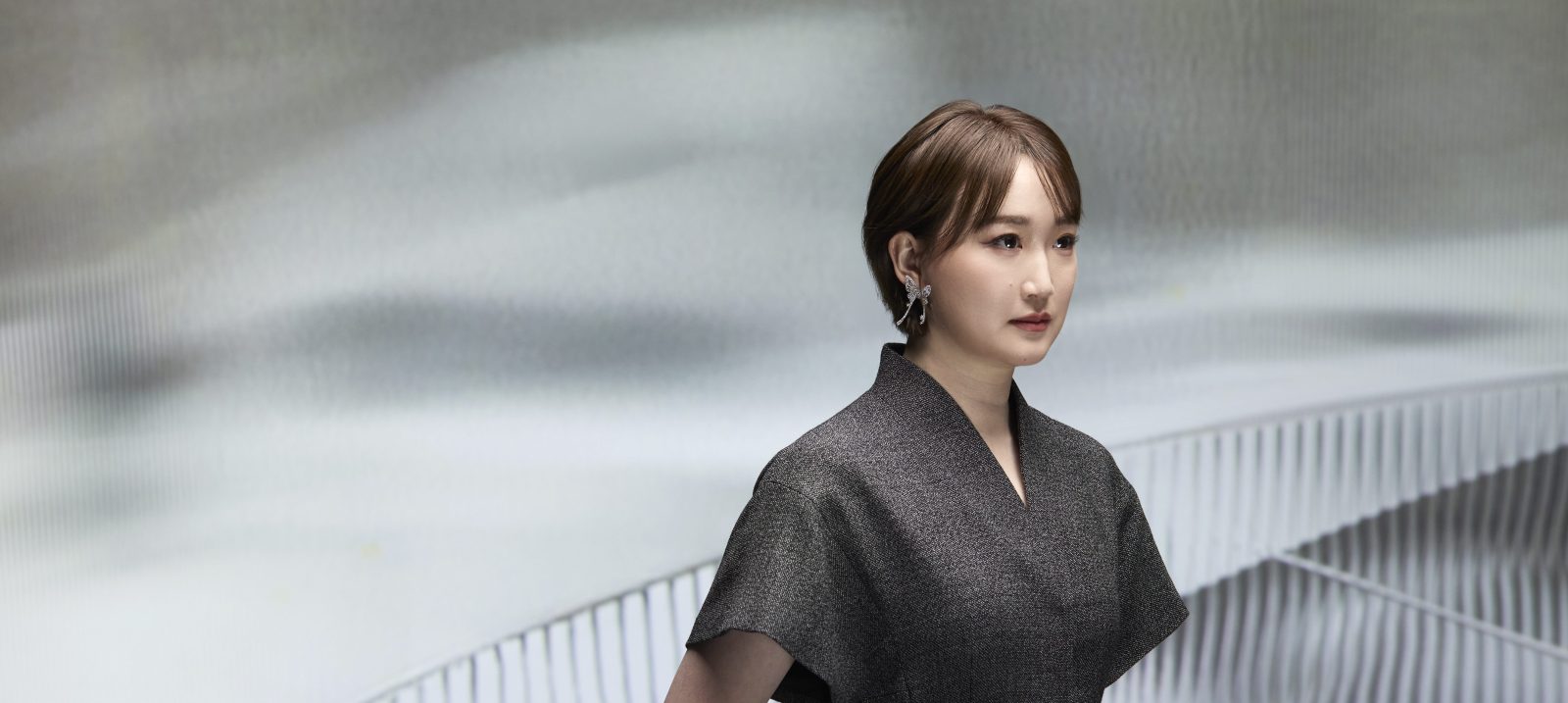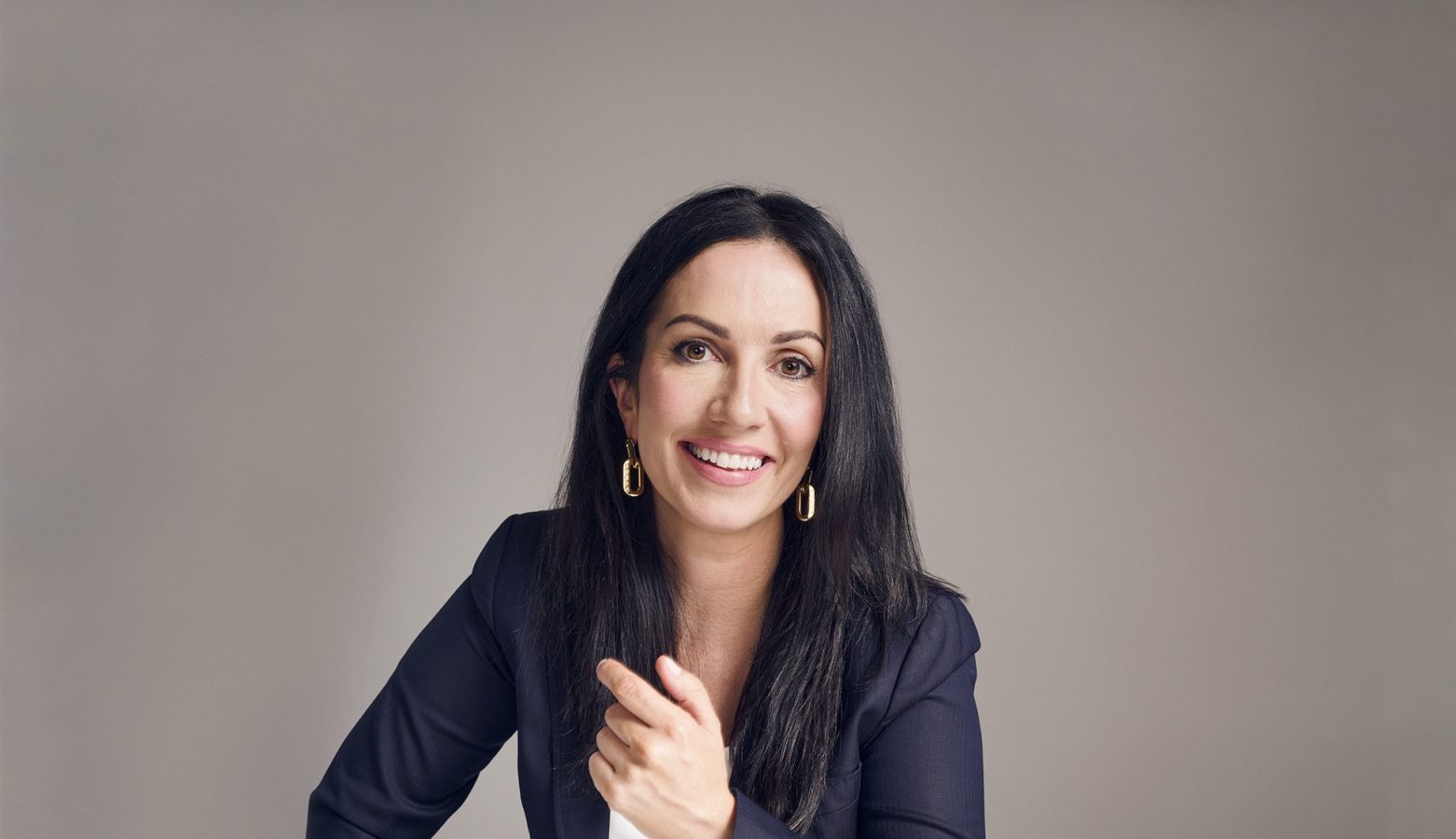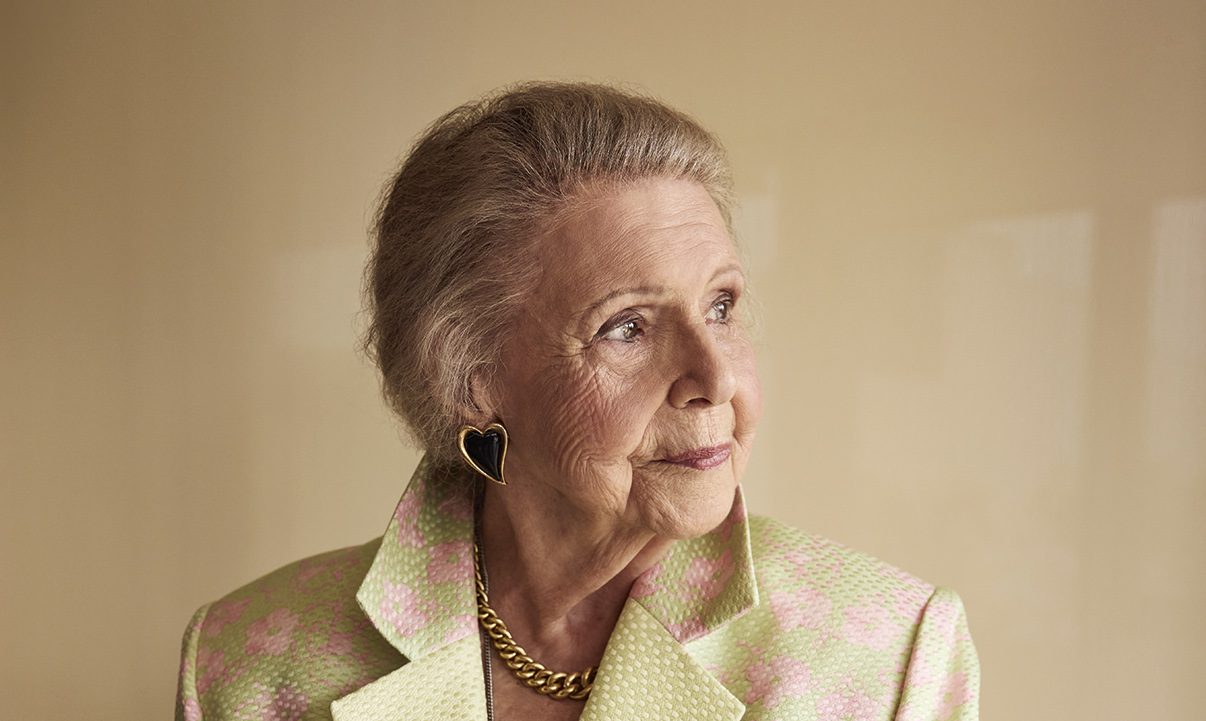Canva’s Melanie Perkins is arguably Australia’s only self-made female US-dollar billionaire, with most wealthy women’s fortunes stemming from inheritance. But a new wave of self-made millionaires is beginning to reshape the narrative.
This story was featured in Issue 17 of Forbes Australia. Tap here to secure your copy.
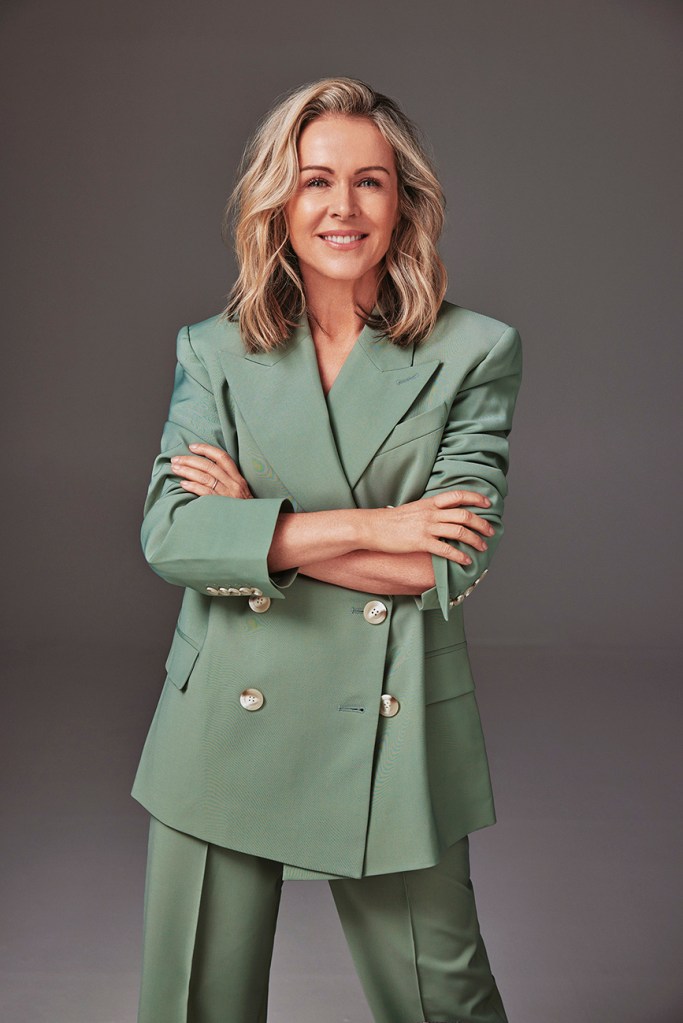
One-third of the brains behind Australia’s design juggernaut, Canva’s Melanie Perkins likely stands alone as the country’s only self-made female US-dollar billionaire, with a net worth of US$5.8 billion. We know her fortune is substantially her own and was made in Australia – these are two necessary criteria to be eligible for Forbes’ self-made women list.
(Though, this publication also applies a self-made score: women are given a score of 6 [hired hand] to 10 [rags-to-riches entrepreneur]. The higher the score, the more ‘self-made’ an entrant is).
Australia’s richest woman, Gina Rinehart, with a net worth of US$29 billion, does not technically qualify for this list, as she inherited the mining and agricultural company Hancock Prospecting from her father, Lang Hancock, in 1992. But Rinehart herself has argued that she should: “When Lang Hancock passed away, his estate was bankrupt, which is publicly available information,” Rinehart was reported to have said back in 2018.
“In addition, Hancock Prospecting, which he’d largely sold out of, was in an extremely bad financial situation at the time of his death in March 1992, with the few remaining assets under threat of litigation or heavily mortgaged. Tenements to Roy Hill were not in the company when Lang was alive – these were acquired after his death.”
Related
Retail heiress Naomi Milgrom is in a similar boat. With an estimated net worth of more than $1.7 billion, Milgrom has amassed her fortune from the Sussan Group, founded by her grandmother, Fay Gandel. Milgrom’s father, Marc Besen, expanded the business before Milgrom joined in 1988 and became CEO two years later. She bought out her parents and siblings in 2003 to assume full ownership. After implementing a slew of strategic initiatives, the privately-held company’s last reported earnings (end of 2023) show revenue is about $358 million. That being said, Milgrom’s contributions also don’t truly meet the self-made criteria.
But Katie Page, wife of Harvey Norman founder Gerry Harvey, might come close: while Page didn’t start Harvey Norman, she has been instrumental in its success. Starting as an assistant in 1993, then working her way up through the ranks in advertising, sales, marketing and publicity, to become CEO in 1999, Page has overseen the company’s expansion in multiple countries and significant growth. While her net worth is not confirmed, Harvey’s net worth is estimated to be US$2.4 billion, and he has even credited his wife as “the mastermind” behind the Harvey Norman operation. As per Forbes’ criteria, she may be awarded a score of six or above (a six is generally awarded to individuals who achieved success through executive roles, without founding the business).
TPG Telecom’s Vicky Teoh might also have a right to the self-made throne, having co-founded the company alongside her rich-lister husband, David Teoh, in 1986. She doesn’t hold an executive or board position at the company, though she maintains a significant ownership stake (14.2% as a family collective).
Ninety-year-old Nutrimetics founder Imelda Roche, with a reported net worth of $1.7 billion, has not made Forbes’ official 50 Richest list as she is not considered a US-dollar billionaire. Still, she most certainly would be regarded as self-made and would be awarded a high score at that. The story goes, Roche began building her direct-selling Nutrimetics empire in 1968, bought the global rights to it in 1991, scaled across 20 countries, hit $250 million in annual turnover, and then sold to the Sara Lee Corporation in the US in 1997 for an undisclosed sum.
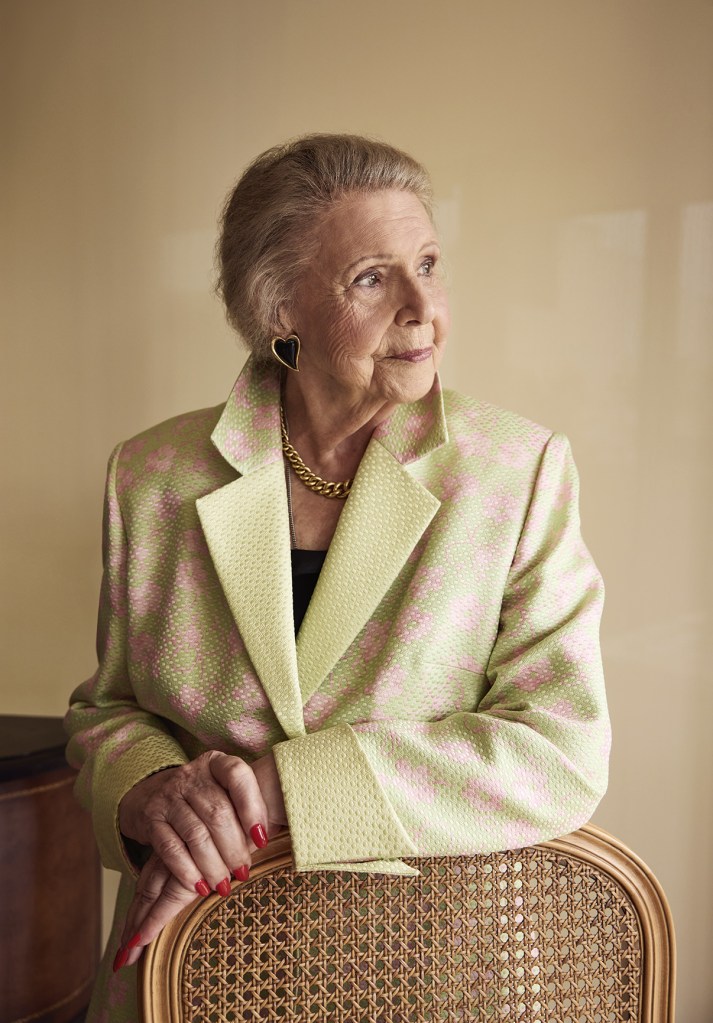
Interestingly, while most Australian female billionaires are married to or inherited wealth, the nation’s female self-made millionaires are aplenty. There is a lot less conversation about the source and generation of their wealth.
For starters, there’s Maree Isaacs, the under-the-radar co-founder of $34 billion software company WiseTech. As a result of her shareholdings in the company, her wealth has been estimated to be close to $1 billion. Then there’s Robyn Denholm, an accountant from Sydney’s west who became chair of Tesla in 2014. Some estimates have her fortune at just north of $1 billion.
A little further down the ranks is Jo Horgan, who launched makeup empire Mecca in 1997 with the proceeds from selling her house and today has amassed an estimated net worth of more than $600 million. Nicky and Simone Zimmermann, co-founders of luxury fashion label Zimmermann, started their label straight out of fashion school in 1991, and sold it to US private equity firm Advent International in a deal worth about $1.75 billion, giving the sisters an estimated net worth of about $370 million each.
MCoBeauty founder and former Forbes Australia cover star Shelley Sullivan, who founded her beauty business in 2002 and saw it through to a billion-dollar valuation before selling it in 2025, is also self-made.
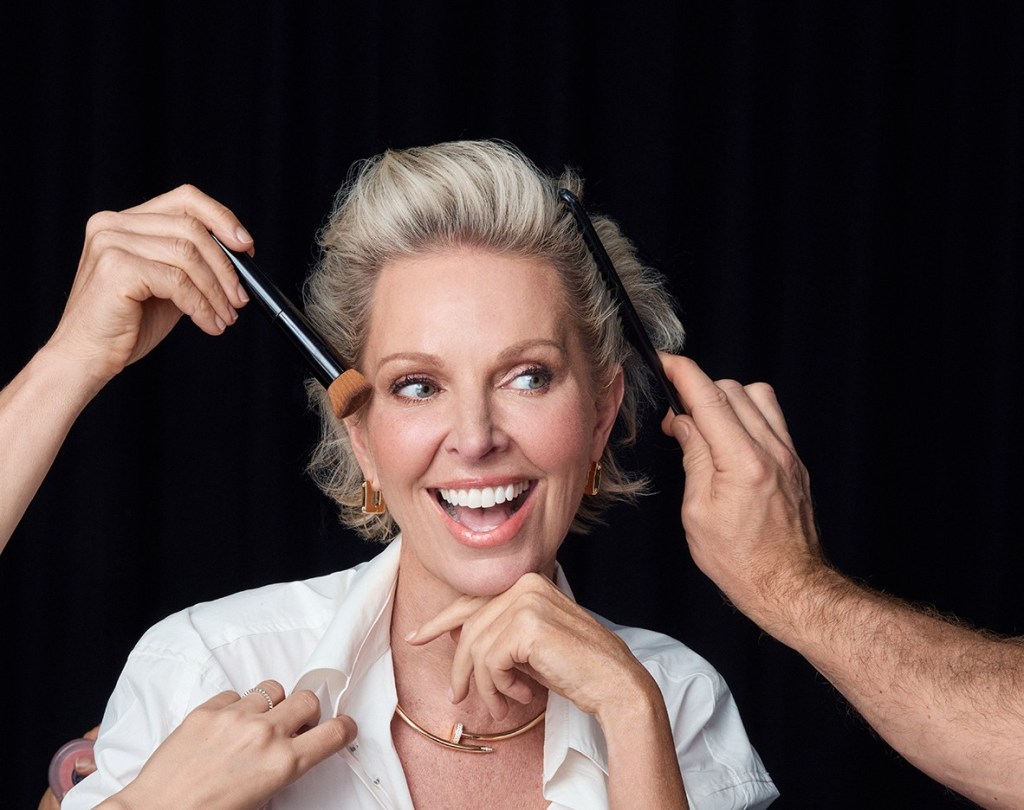
Activewear mogul Lorna Jane Clarkson is also a self-made success. Clarkson built her activewear label Lorna Jane in 1989 from the ground up, after working as a dental therapist. Today, there are more than 140 Lorna Jane stores in Australia alone, and her net worth is estimated at just over $300 million.
Then there’s South-African born vitamin queen Jessica Sepel, who started vitamins brand JSHealth in 2018 out of her home in Vaucluse, spinning it into a $600 million company that now sees its products stocked in more than 1,800 retail stores in Australia, including Priceline and Chemist Warehouse, and more than 1,000 in the United Kingdom. Tah-nee Beard is another self made millionaire who, alongside her husband Simon, launched one of the world’s biggest streetwear brands, Culture Kings, from a humble flea market stall. The couple sold it off in 2021 in a deal worth $600 million.
All this to say, “self-made” is a tricky title. The term wants to celebrate individuals who have built their fortunes through personal effort, innovation and risk-taking, but in practice, it is a lot more complex. Inheriting wealth doesn’t guarantee success, but many Australian women have significantly grown – or even salvaged – what they were given. So, while they may not have started from zero, the scale of their achievements has far exceeded what they were given.
But the numbers show that Australian women are climbing the ranks – their ventures are scaling faster and further, and disrupting industries along the way.
If this momentum continues, we may soon witness a powerful shift: a world where women don’t just punctuate the ranks of self-made billionaires, but are increasingly defined by them.

